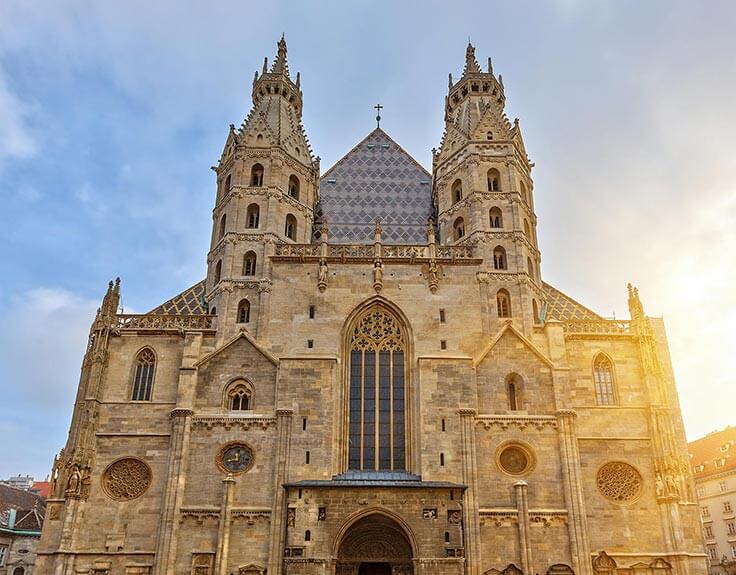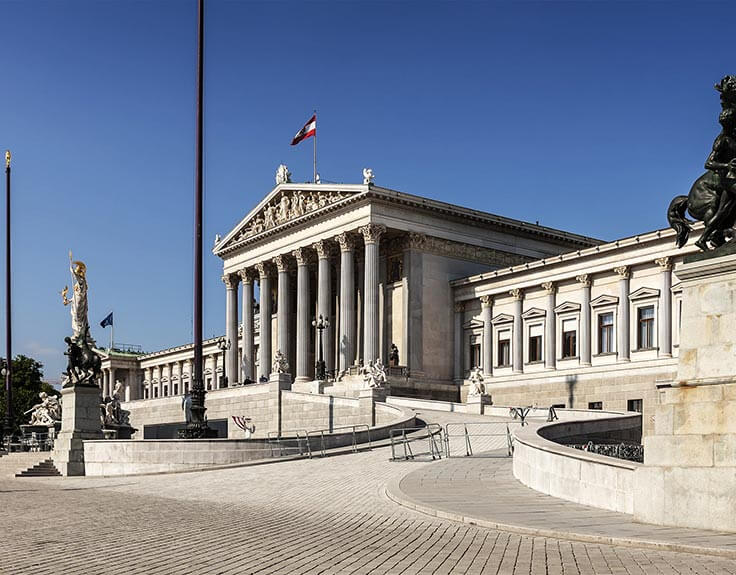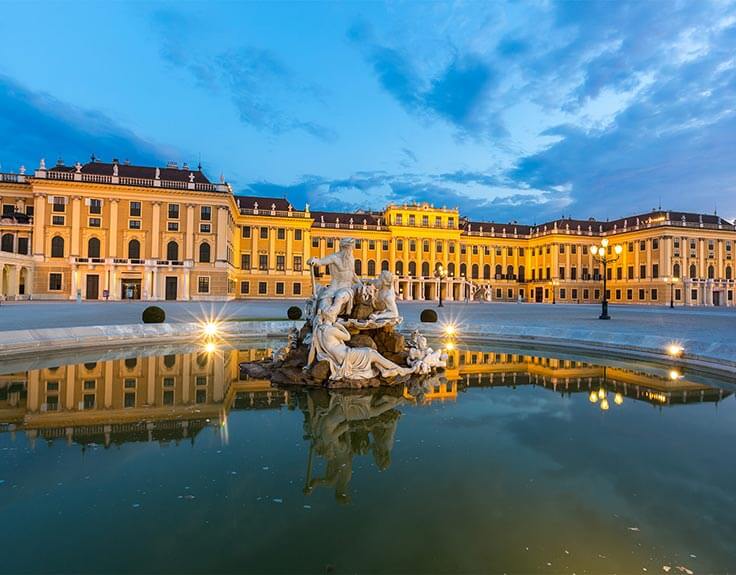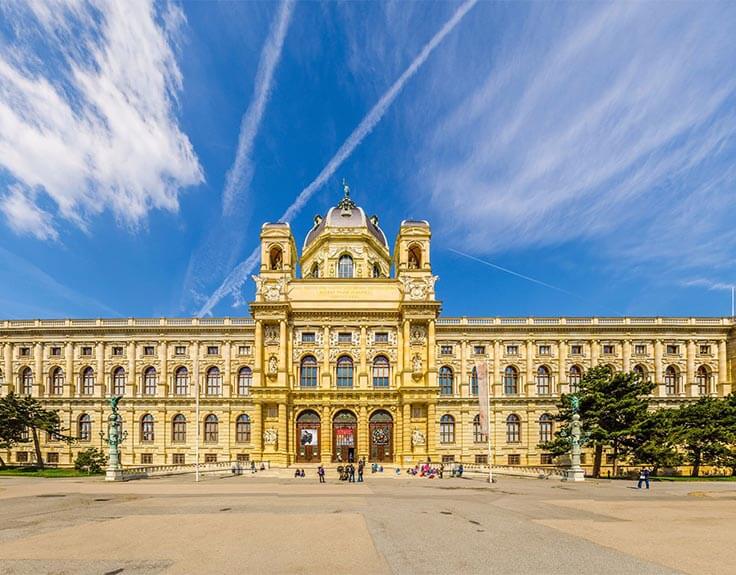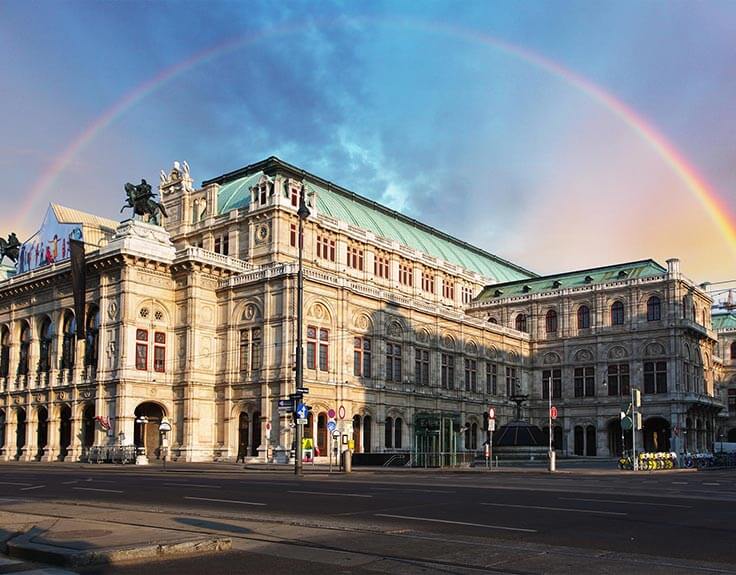Hofburg Imperial Palace, Vienna – home to some of the most powerful people in Europe
The Habsburg Empire was one of the strongest and widest-ruling that Europe has ever seen. Thanks to their staying power, marriage and good old-fashioned warfare, the Habsburgs managed to amass a huge fiefdom before the dynasty eventually fell in 1918. So it’s only natural they needed a vast palace to go with the territory.
The Hofburg is more like a city than a palace. There are 18 separate wings here, all designed by different world-class architects of their day. One minute you’re walking through baroque splendour, the next you’re in neo-classical austerity. Only one thing is constant. Everything is on a monumental scale.
Wing after wing
You know how it is when you move into a new place - you want to make some adjustments. The Habsburgs did that for more than 6 centuries. So the Hofburg Imperial Palace is now a sprawling collection of buildings, with plenty of wings, libraries, squares and halls. After your Vienna Bus Tour drops you off outside, you could lose yourself for days here.
Heart and soul
The Habsburgs ruled for centuries. And this is where all those Emperors and Empresses ended up. Well, just about all of them. About 150 Habsburg bodies have been laid to rest in the Capuchin Crypt. Their hearts are in the Augustinian Church, and their entrails lie in the crypt below St. Stephen’s Cathedral.
Other interesting facts about the Hofburg Imperial Palace
- The oldest sections date back to the 13th century and are in the Swiss Wing
- The Palace is currently the official residence of the President of Austria
- The Palace contains over 2,000 separate rooms
- The largest room in the Palace is the Festival Hall, which was built as a throne room, although never used as one


